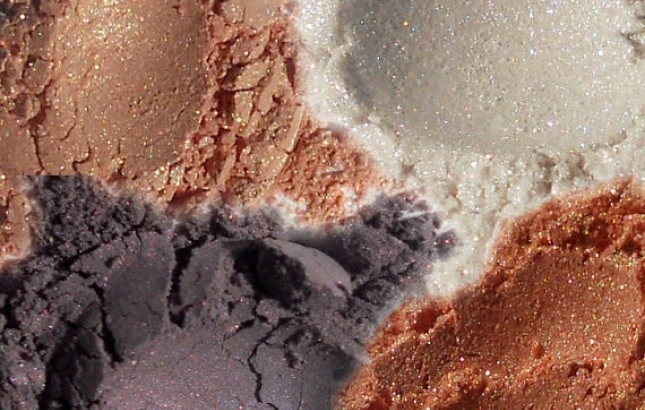
How Long Do Beauty Products Last?
It seems like the most normal thing in the world to toss out that tub of yoghurt that’s passed its used-by-date, or the milk that’s been sitting in the fridge just a bit too long. Who wants to eat curdled Yoplait, right? But what about the products that you’re putting on your face every day? They have an expiry date too, you know, it’s just not always written on the bottle. So, what gives?
It seems like the most normal thing in the world to toss out that tub of yoghurt that’s passed its used-by-date, or the milk that’s been sitting in the fridge just a bit too long. Who wants to eat curdled Yoplait, right? But what about the products that you’re putting on your face every day? They have an expiry date too, you know, it’s just not always written on the bottle. So, what gives?
Recent posts by Lucy Slight
Aside from sunscreens, most skincare and beauty products don’t list expiration dates on the packaging as the clock doesn’t usually start ticking until the product has been opened.
This is because the chemical preservatives in cosmetics and skincare, which help prevent the growth of bacteria, yeast and mould, will keep the product stable for around three years if left unopened. However, once you crack the lid off that new tub of moisturiser, the preservatives start to degrade and with every dip of your finger, bacteria is transferred right on into the pot.
Mascara and other cosmetics used on the eye area have a far more limited shelf-life compared to other beauty products as they tend to contain less preservatives. According to the FDA, “repeated microbial exposure” during use also increases the risk of eye infections, so many industry experts recommend replacing your mascara every three months.
Of course, natural beauty products that contain no parabens will also have a far shorter shelf-life compared to their chemical counterparts, and often have plant-derived ingredients that are more conducive to microbial growth. Essential oils can often be used as a natural alternative to preservatives and many natural skincare companies have also come up with new innovations in packaging to ensure their products stay fresh for longer and have a lower risk of contamination.
If you use natural skincare products but you’re unsure about the way they have been preserved, it pays to have a look at the brand’s website, as they’ll often provide their customers with information on their ingredients and shelf-life.
Whether you’re using natural or chemical-based skincare or beauty products, if they start to exhibit any signs of the following, ditch ‘em straight away:
- The texture changes or the formula begins to separate
- The smell of the product changes or even worse, becomes rancid
- Evidence of mould or yeast appears (pretty much a no-brainer)
- The product starts to change colour
Handy hint: Use a permanent marker to write the date you opened your product on the outside of the bottle - that way you know when it’s time to think about tossing it in the trash.
Here’s a general guide to the shelf-life of the most commonly used beauty products:
- Foundation - 6 months (liquid), 2 years (powder)
- Mascara - 3 months
- Liquid eyeliner - 3 months
- Cream eyeshadow - 6 months
- Pencil eyeliners and powder eyeshadows - 2 years
- Lipstick / gloss / balm - 2 years
If in doubt, throw it out. Just like that watery tub of yoghurt, it’s just not worth the risk.
Lucy x



